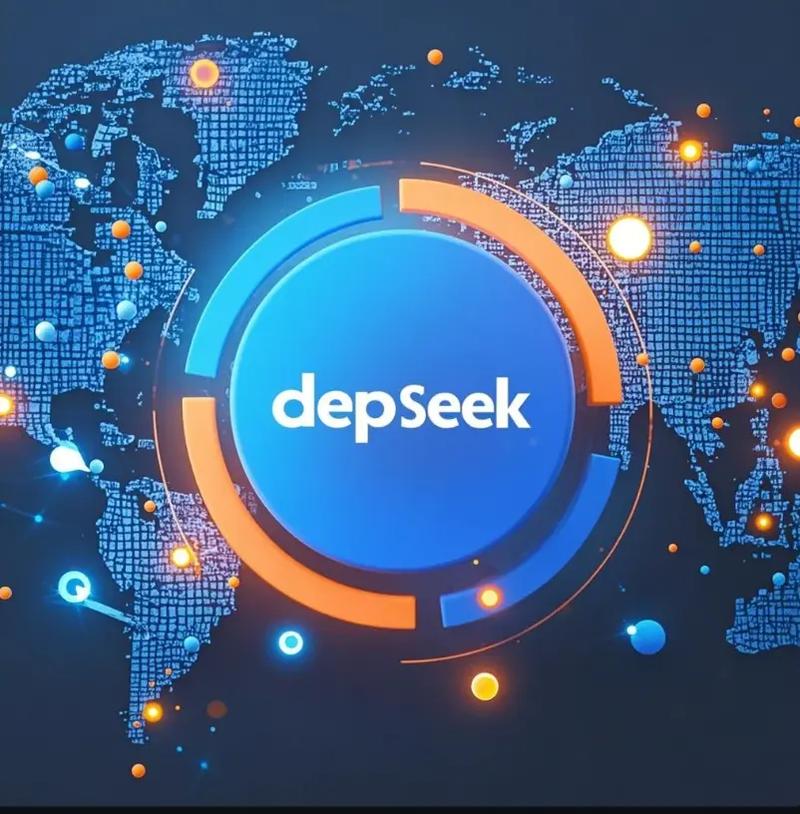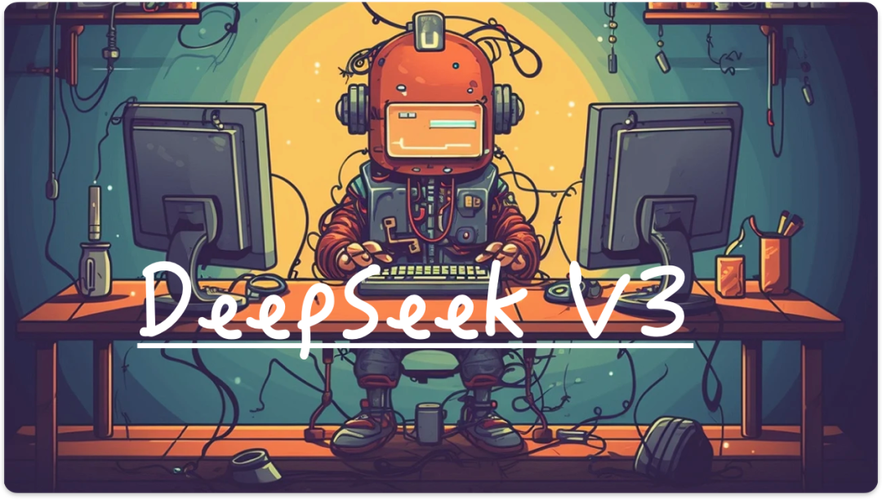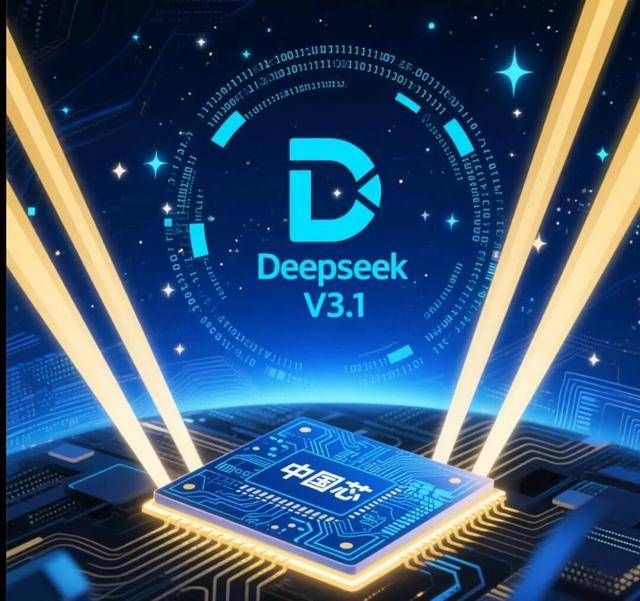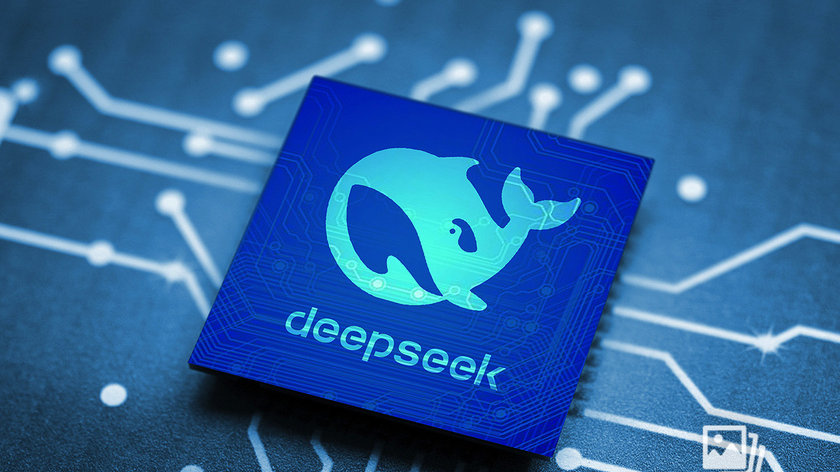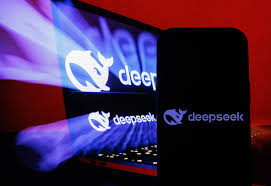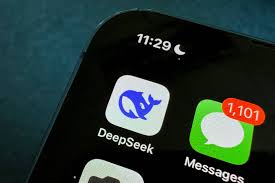📚 LangChain + DeepSeek Agent Starter Kit (2025 Edition)
Build Your Own Autonomous AI Agent with Open-Source LLMs
🧠 Introduction
In 2025, LangChain and DeepSeek are shaping the next evolution of autonomous AI agents. If you're a developer, data scientist, or startup looking to build your own context-aware, tool-using AI assistant, this guide is your complete starter kit.
The first DeepSeek models were essentially the same as Llama,[35] which were dense decoder-only transformers. Later models incorporated the multi-head latent attention (MLA), Mixture of Experts (MoE), and KV caching.
We'll walk through how to:
Integrate LangChain with DeepSeek R1/Coder
Use local models via Ollama or llama-cpp-python
Build your own intelligent agent with tools and memory
Deploy a working backend that can reason, retrieve, and act
Customize the system for web, research, automation, or productivity use cases
✅ Table of Contents
What is LangChain?
Why Choose DeepSeek + LangChain in 2025
Core Components of the Agent Architecture
Setting Up the Environment
Loading DeepSeek with Ollama or llama-cpp
Connecting LangChain to DeepSeek
Building Your First AI Agent
Adding Tools (Search, Math, Code Execution)
Memory and Conversational History
LangChain Chains vs Agents
Streaming Outputs with Callback Handlers
Securing and Hosting Your Agent
Case Study: AI Research Assistant
Extending the Starter Kit (UI, APIs, Finetuning)
Deployment Options (Local, Cloud, API)
Cost and Performance Considerations
Known Issues & Best Practices
Comparing OpenAI/Anthropic vs DeepSeek LangChain Agents
Community Resources & Support
Final Thoughts and GitHub Template Offer
1. 🤖 What is LangChain?
LangChain is a framework to build applications powered by language models, especially agents that can:
Remember context (Memory)
Use tools (Search, Code, APIs)
Execute structured workflows (Chains)
Interface with databases and vector stores
Stream output to a frontend or API
2. 🔍 Why Choose DeepSeek + LangChain in 2025?
| Feature | Benefit |
|---|---|
| DeepSeek R1 | 671B open-weight LLM (MoE) with 128K context |
| DeepSeek-Coder | Optimized for code + math |
| LangChain | Powerful agent framework for logic + tool use |
| Local deployment | Privacy, no API fees, full control |
You can build ChatGPT-level agents with:
🧠 Local inference
⚡ Streaming responses
🔧 Custom tool usage
🛠️ Full backend access
3. 🧩 Core Components of the Agent
LLM: DeepSeek R1 or DeepSeek-Coder
PromptTemplate: System-level instructions
Memory: Conversation or knowledge recall
Tools: Calculator, Search, FileReader, Python REPL
AgentExecutor: Coordinates everything
4. ⚙️ Setting Up the Environment
a. Python environment:
bash python -m venv venvsource venv/bin/activate pip install langchain llama-cpp-python flask requests beautifulsoup4
Or for Ollama:
bash pip install langchain langchain-community
5. 🧠 Loading DeepSeek with Ollama or llama-cpp
a. Using Ollama:
bash复制编辑ollama pull deepseek-coder ollama run deepseek-coder
LangChain will connect via its ChatOllama wrapper.
b. Using llama-cpp (GGUF):
Download a GGUF model like deepseek-7b-chat.Q4_K_M.gguf and load it:
python from langchain.llms import LlamaCpp llm = LlamaCpp( model_path="./models/deepseek-7b-chat.Q4_K_M.gguf", temperature=0.7, max_tokens=512, n_ctx=4096)
6. 🔗 Connecting LangChain to DeepSeek
a. Simple LLM wrapper
python from langchain.llms import Ollama llm = Ollama(model="deepseek-coder")
or
python from langchain.llms import LlamaCpp llm = LlamaCpp(model_path="./models/deepseek.gguf")
7. 🚀 Building Your First AI Agent
python
from langchain.agents import initialize_agent,
Toolfrom langchain.utilities
import SerpAPIWrapperfrom langchain.agents
import AgentType
search = SerpAPIWrapper()
tools = [
Tool(name="Search", func=search.run, description="Search current events or info"),
]
agent = initialize_agent(
tools,
llm,
agent=AgentType.ZERO_SHOT_REACT_DESCRIPTION,
verbose=True)
response = agent.run("What's the latest news about DeepSeek?")print(response)
8. 🛠️ Adding Tools (Calculator, Shell, Python)
python from langchain.agents import load_tools tools = load_tools(["serpapi", "llm-math"], llm=llm)
Custom tool (Python evaluator):
python from langchain.tools import tool@tooldef run_python_code(code: str) -> str: try: return str(eval(code)) except Exception as e: return str(e)
9. 🧠 Memory and Conversational History
python from langchain.memory import ConversationBufferMemory memory = ConversationBufferMemory(memory_key="chat_history") agent = initialize_agent(tools, llm, memory=memory, agent=AgentType.CONVERSATIONAL_REACT_DESCRIPTION)
Now the agent remembers prior turns in the conversation.
10. 🔁 Chains vs Agents
| Feature | Chains | Agents |
|---|---|---|
| Purpose | Sequential workflows | Dynamic decisions |
| Tools | Optional | Required |
| Memory | Optional | Often needed |
| Control | High (step-by-step) | Less (LLM decides) |
11. 📡 Streaming Output with Callback Handlers
python from langchain.callbacks.streaming_stdout import StreamingStdOutCallbackHandler llm = LlamaCpp( model_path="./deepseek.gguf", streaming=True, callbacks=[StreamingStdOutCallbackHandler()] )
For UIs, use LangChain’s WebSocket or FastAPI integration.
12. 🔐 Securing and Hosting Your Agent
Hosting options:
Flask API
FastAPI + WebSocket
Docker container
Local desktop app (Electron/Tauri)
Cloud (Render, Fly.io)
Example (Flask API):
python
from flask import Flask, request, jsonify
app = Flask(__name__)@app.route('/chat', methods=['POST'])def chat():
q = request.json['query']
response = agent.run(q) return jsonify({'response': response})
13. 🧪 Case Study: AI Research Assistant
Use Case:
Takes input queries
Searches real-time info
Summarizes and returns result
Stores chat history in local DB
Can summarize PDFs and articles
Perfect for academic workflows, startup R&D, or media researchers.
14. 🧩 Extending the Starter Kit
You can add:
✏️ Web UI (React, Next.js, Vue)
🧾 PDF parsing (PyMuPDF, Unstructured)
🧠 VectorDB integration (FAISS, Weaviate)
🧰 Plugin-like tools (via
Toolwrappers)📣 Telegram/Slack integration
15. ☁️ Deployment Options
| Platform | Use Case |
|---|---|
| Localhost | Testing and private use |
| Docker | Easy sharing and scaling |
| Render/Fly.io | Cloud APIs |
| Hugging Face Spaces | Demos |
| Raspberry Pi (with GGUF) | Edge AI setups |
16. 💸 Cost and Performance
| Model | Inference Speed | Memory | Notes |
|---|---|---|---|
| DeepSeek-Coder (7B, Q4) | ⚡ Fast | 8–12GB | Code & logic tasks |
| DeepSeek-Chat (13B, Q5) | 🧠 Medium | 12–16GB | General dialog |
| GPT-4 (API) | 🐢 Slow | Cloud only | $$$ expensive |
Local DeepSeek = $0 inference cost, with full privacy.
17. ⚠️ Known Issues & Best Practices
🧱 Ollama may crash on low memory devices
🔁 Avoid infinite tool loops in agents
🧠 Fine-tune prompt instructions for consistent behavior
💬 Keep memory manageable (truncate history every 5–10 turns)
🔒 Sanitize all inputs in eval-type tools
18. ⚔️ DeepSeek vs OpenAI/Anthropic in LangChain Agents
| Feature | DeepSeek | OpenAI GPT | Claude |
|---|---|---|---|
| Cost | Free (local) | $$$/token | $$$ |
| Tools support | Yes | Yes | Limited |
| Local run | ✅ | ❌ | ❌ |
| Privacy | ✅ Full | ❌ Cloud logs | ❌ |
| Fine-tuning | Possible | Limited | No API |
19. 🌍 Community Resources
Twitter/X:
#LangChain,#DeepSeek,#OpenLLM
20. ✅ Final Thoughts & GitHub Starter Kit
With LangChain and DeepSeek, you're no longer locked into expensive APIs. You can now:
Build full AI agents entirely offline
Customize tool use, memory, logic
Scale to internal apps, customer tools, or even SaaS products
Train or fine-tune models for specific tasks
Run GPT-class AI on your laptop

